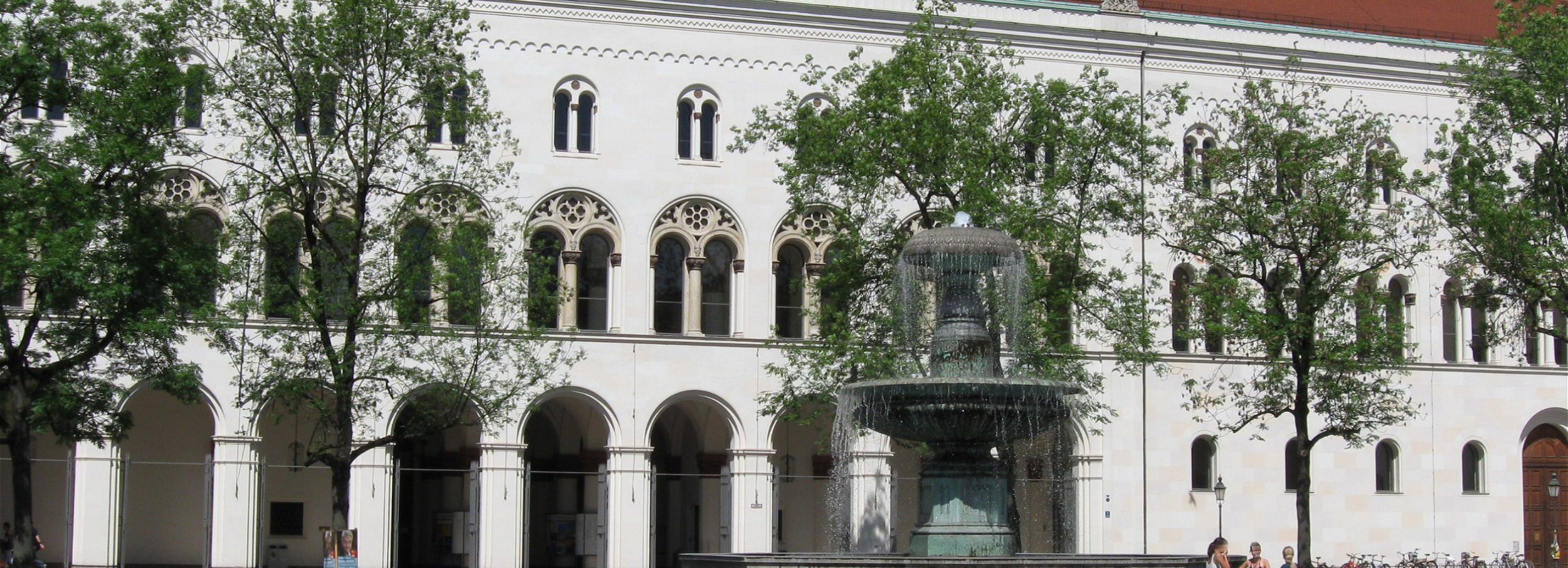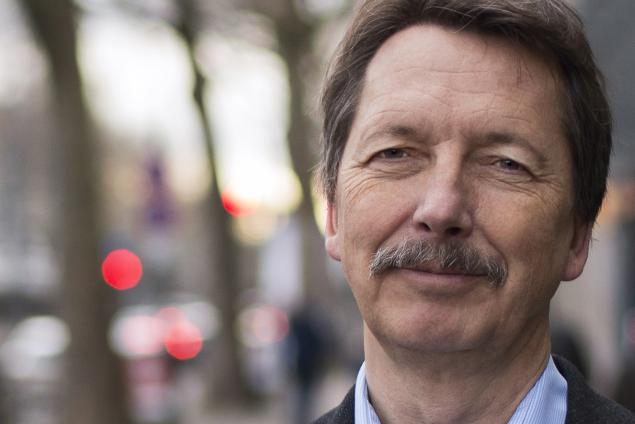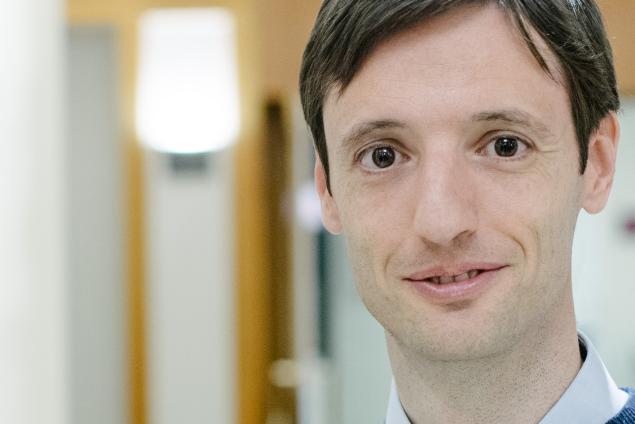Scroll to Section:
Every galaxy seems to have a supermassive black hole in its center. A black hole is defined as such because nothing can escape from a certain point inside, not even light. There is, however, a last stable orbit which is called the event horizon outside of which gas can still radiate away. This event horizon might be the key to understanding black holes and, therefore, observers are interested in resolving the event horizon to see what happens at it. As ANDREAS BURKERT explains in this video, his theoretical research group develops computational models based on the system of meteorologists to predict how a gas cloud would behave at the event horizon and in what time frame. They then check back with the observers and correct the models accordingly. These computational models thus assist the observers in understanding the events they see. This contributes to a better knowledge of black holes and, eventually, an increased understanding of the universe.
DOI:
https://doi.org/10.21036/LTPUB10432
Institution

Ludwig Maximilian University Munich (Ludwig-Maximilians-Universität München)
"LMU Munich is one of the leading universities in Europe. Carrying on a tradition that goes back over 500 years, LMU offers challenging study programs and provides an ideal environment for top-level research. "Introducing LMU" gives an insight into learning and teaching as well as research and life at LMU." ( Source )
Show more
Original publication
The Post-pericenter Evolution of the Galactic Center Source G2
The Astrophysical Journal
Published in 2017
3D AMR Hydrosimulations of a Compact Source Scenario for the Galactic Centre Cloud G2
Monthly Notices of the Royal Astronomical Society
Published in 2018
A Gas Cloud on its Way Towards the Super-massive Black Hole in the Galactic Centre
Nature
Published in 2012
Physics of the Galactic Center Cloud G2, on Its Way Toward the Supermassive Black Hole
The Astrophysical Journal
Published in 2012
Beyond
A Ground-breaking Scientific Revolution
An Alarming Challenge for Society
If I Had a Second Life
A Personal Reading Recommendation




